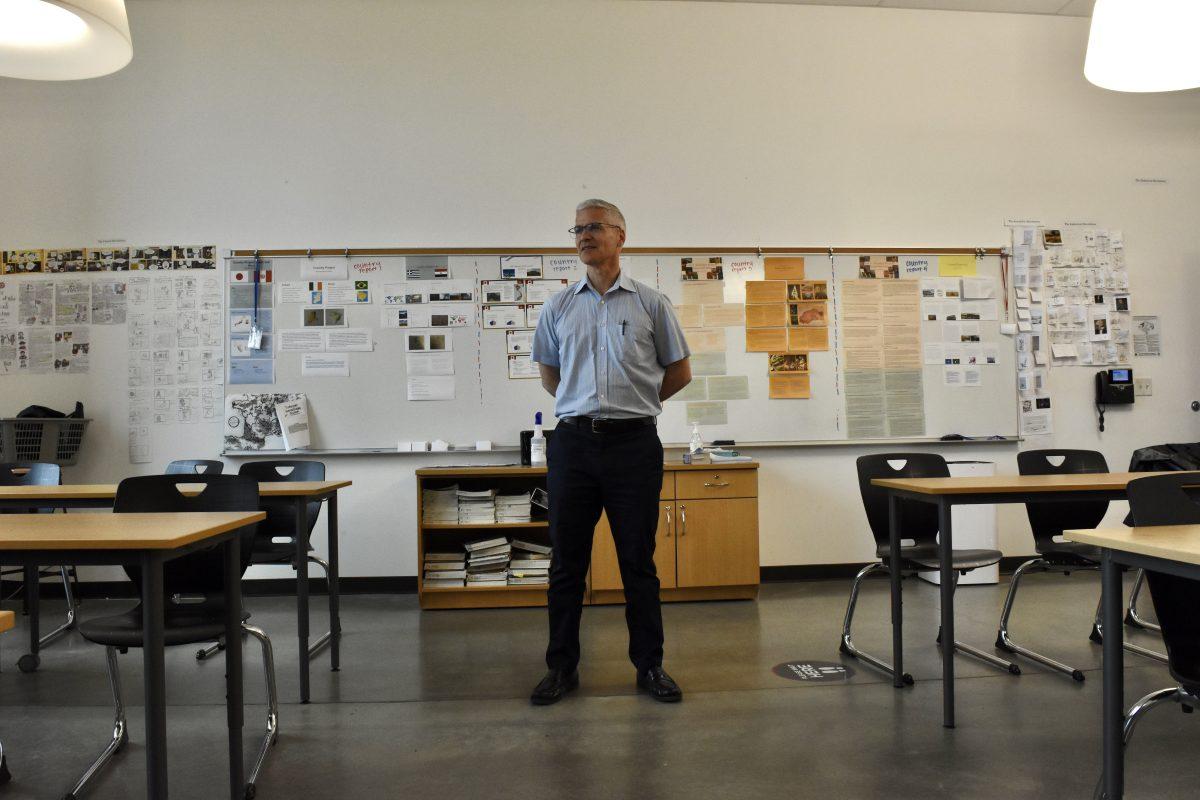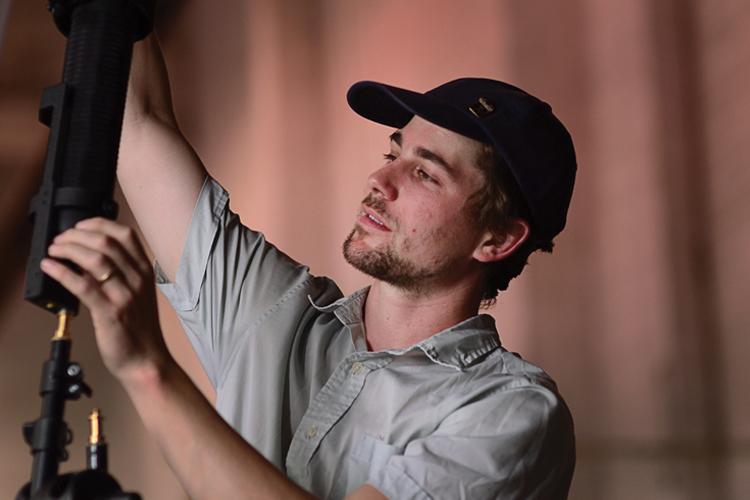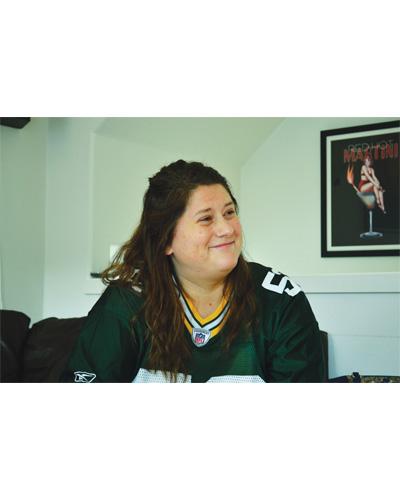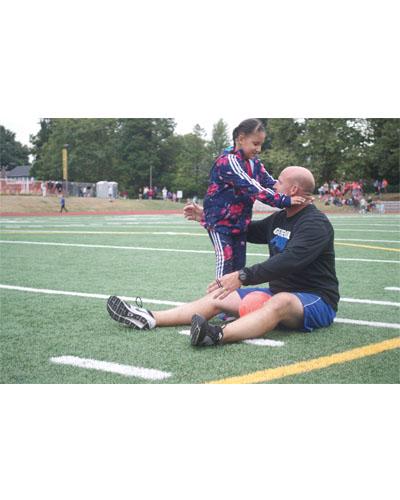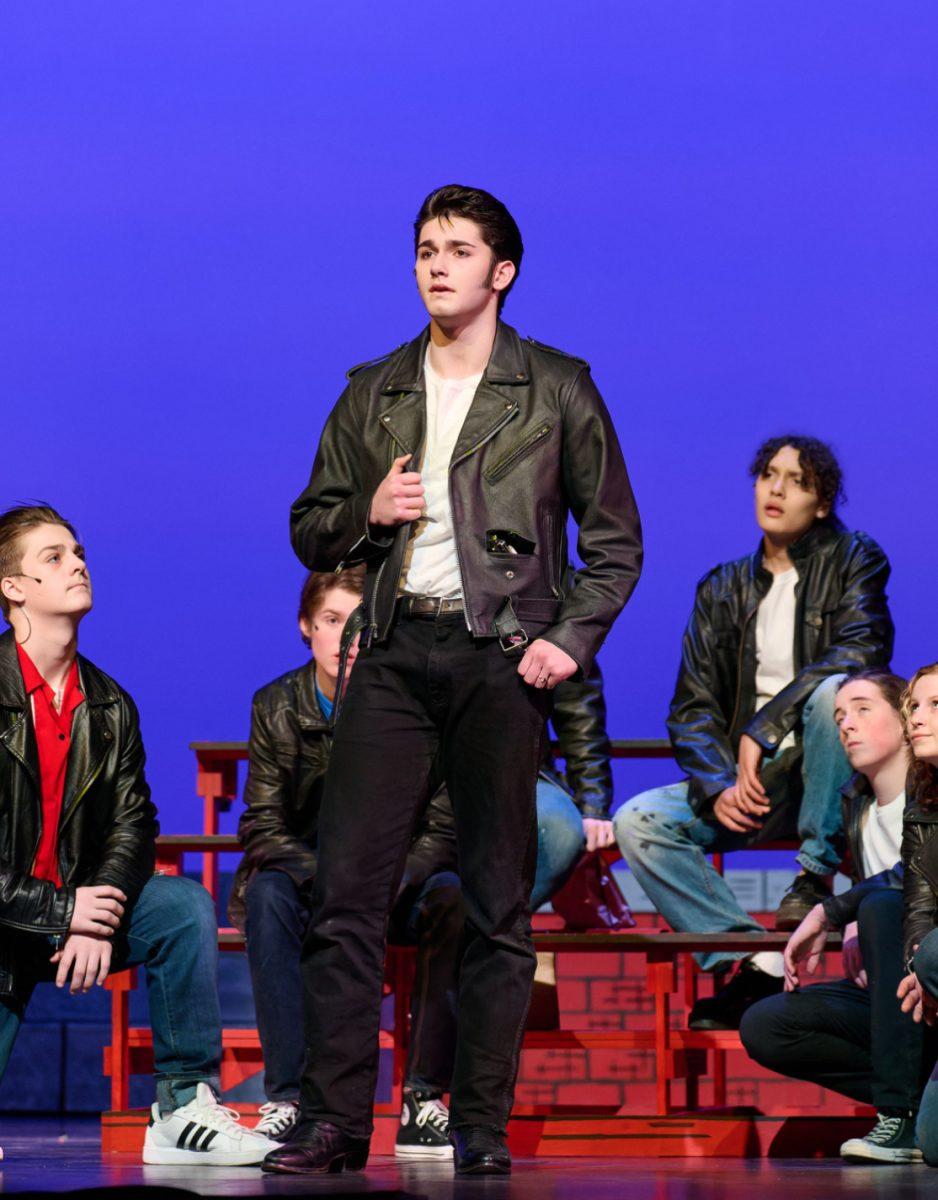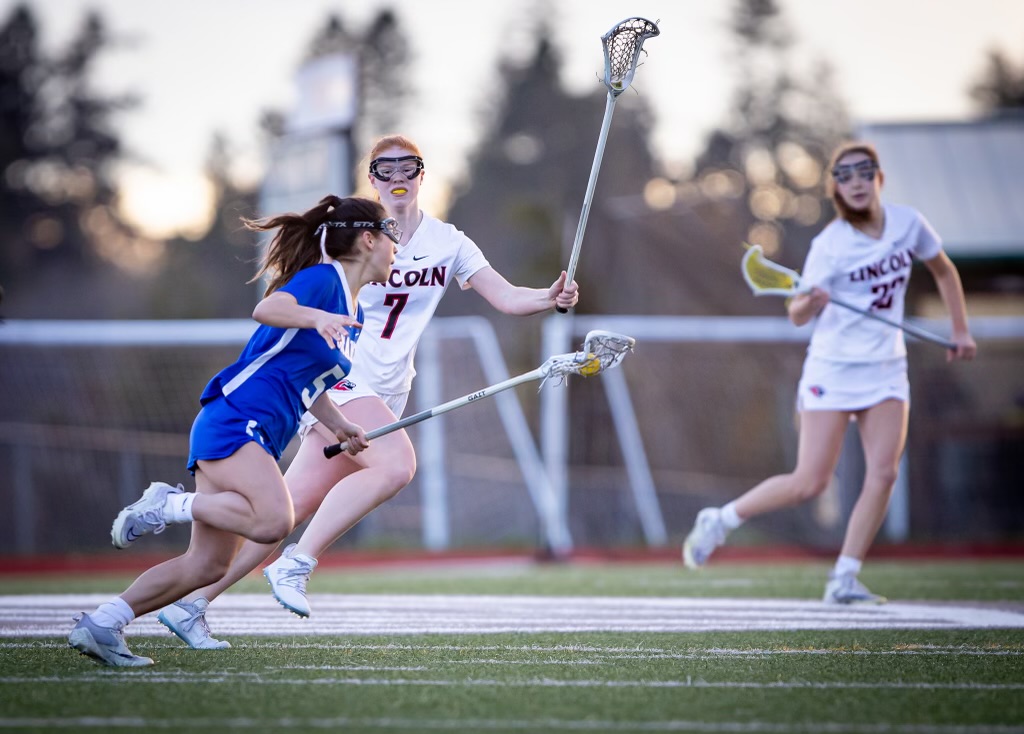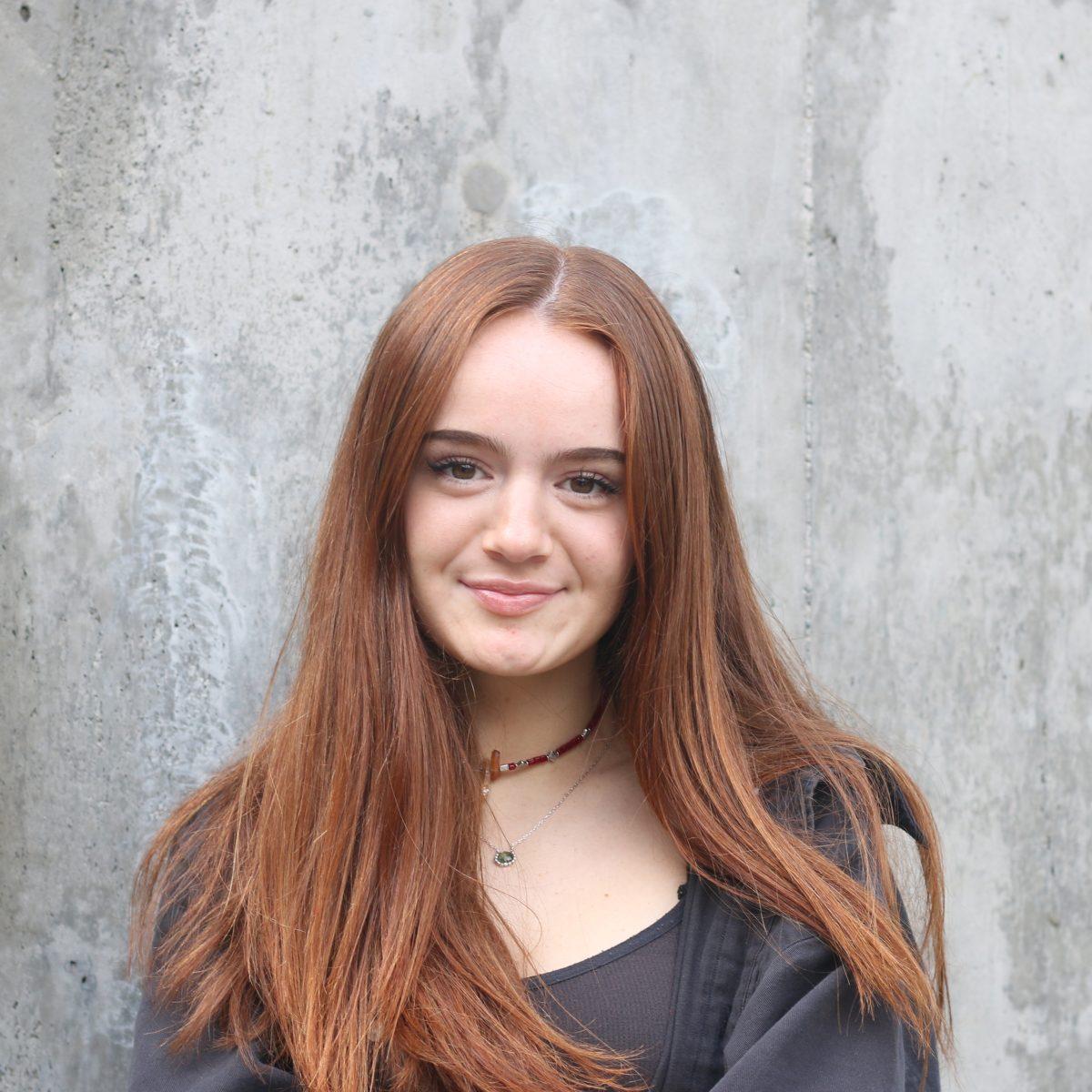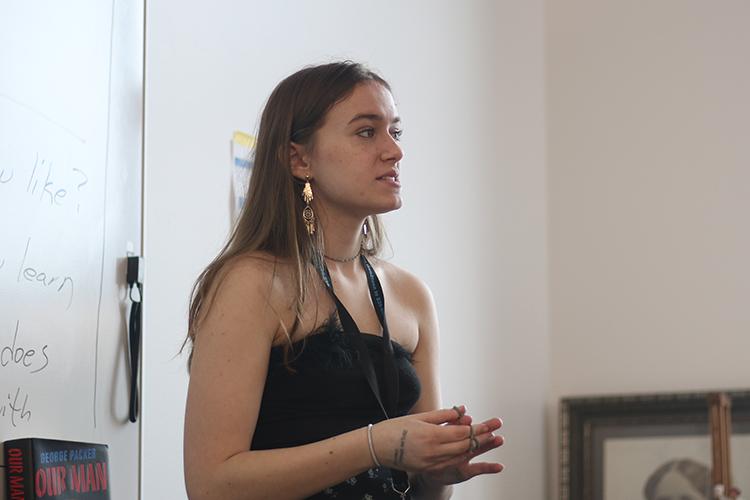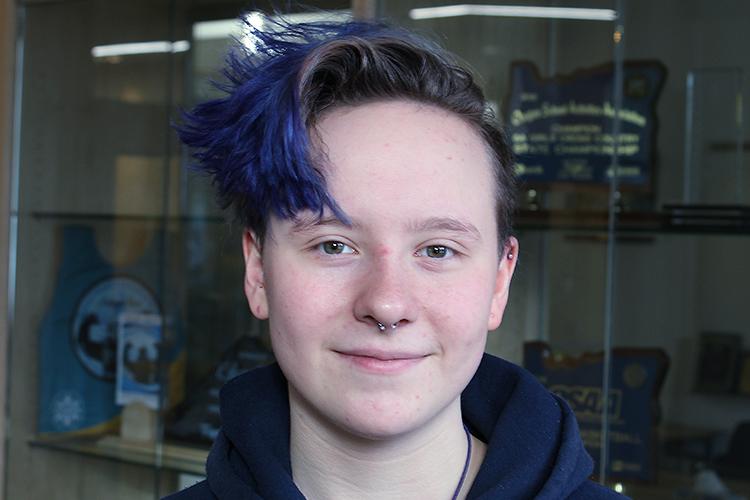
The boiling summer sun beats down on the bustling city of Portland, Ore. People scamper back and forth, going about their daily lives. Portland’s newest Max Line, built to transport people to and from the new baseball stadium, glides North along its route, moving from the industrial area of NE Portland to the new urban modern apartments of downtown Portland, before passing under the Fremont bridge.
Looming in the distance is the massive home to Portland’s first Major League Baseball team.
Here, thousands will enjoy the pop of popcorn, the crack of the baseball flying off of the bat and the snap of a catcher’s mitt wrangling in a fastball. But today, the proposed site is barren, a 54-acre slab of concrete with empty storage buildings. Between the sun and the black pavement, one could melt.
“Just imagine it,” says John McIsaac, the media contact for the Portland Diamond Project (PDP), excitement layered in his voice. “It’s something that has never been done before.”
The renderings released by the PDP depict a potential state-of-the-art stadium complete with vivid green grass, thousands of prime viewing seats and suites where people can watch the game and enjoy views of the Willamette river behind them.
But while the PDP is working to make the stadium a reality, several roadblocks obscure any clear path to bringing a team and stadium to Portland.
However, excitement is building. Students and teachers alike are looking forward to a possible future with baseball in Portland. The white t-shirts with the blue and black logos of the PDP and slogans like “history in the making,” can be seen moving through the halls. “A lot of people would really enjoy having a team here,” says Michael Gerber, a freshman at Grant.
As of now, the desired location for the new stadium is Terminal 2, a marine terminal in Northwest Portland that is currently owned and operated by the Port of Portland.
But when I visited Terminal 2, there wasn’t much to take in. There were industrial sounds—trucks idling and machinery shifting—but all of it was coming from behind me, outside of Terminal 2. Across the concrete, all that I could see were empty storage buildings and immobile cranes for unloading potential ships. The site felt lifeless—unnatural, almost—in a city with a booming population.
In just a two-minute drive South, the empty concrete loading areas quickly turned into high rises, apartments and condos; I was right back in downtown Portland. Between the location, the views of the Willamette River and the fact that, according to Emerald Bogue, the Regional Affairs Manager for the Port of Portland, “it hasn’t had a ship call in over three years,” the PDP saw Terminal 2’s clear potential for a baseball stadium.
In 2018, the PDP reached out to the Port of Portland to present Terminal 2 as a location for a baseball stadium. Due to the site’s inactivity, the Port of Portland had already begun to look at other potential uses, like changing the current zoning to allow a greater variety of industrial uses. But when the PDP approached the Port of Portland, they moved quickly. The two parties reached a Letter of Intent in November of 2018, saying that they would explore the possibilities of building a stadium at this location.
In these explorations, the Port of Portland found several complications—mainly zoning in the area—with building a stadium at Terminal 2. Terminal 2 is currently zoned as an industrial site, and unless that zoning is changed, the PDP is restricted from building a stadium in the area.
Changing the zoning from industrial would not be simple because, as a region, there is less and less industrial land available for use. In Oregon, this becomes an issue because state legislation requires that cities provide for economic growth—much of which relies on industrial areas—for the next 20 years. According to Steve Kountz, the Senior Economic Planner for the City of Portland, “when looking at growth policy for the next 20 years, there’s more demand for industrial land then there is vacant land for development … We have very little vacant land for continued growth.” Converting Terminal 2 would take away industrial space from an already dwindling amount of land.
Also, although the PDP only needs the Terminal 2 land to build a stadium, they cannot change just the zoning of Terminal 2. Terminal 2 is part of a larger industrial zone, and changing only the Terminal 2 site to residential or mixed-use would surround the development with shipping containers, train tracks and industrial work. According to Ellen Wax, the executive director of the Working Waterfront Coalition, “you don’t plop down in the middle of industrial land, a zone that is (residential).” To rezone Terminal 2, Wax says that they would need to change 95 acres of industrial land, not just the unused land of Terminal 2.
And although some of the economic loss from rezoning this extra land would be accounted for in building, operating and maintaining the stadium, the role of industrial jobs in Portland is becoming increasingly important.
According to Kountz, the Guild’s Lake area—which includes Terminal 2 and the other area that would likely need to be rezoned—houses roughly 12,000 industrial middle-income jobs. These industrial jobs serve as an essential mediator for the increasing gap between high-wage and low-wage jobs in the Portland area. There is “growing income inequality in the region,” says Kountz. “(Industrial jobs) moderate that, They are primarily middle-wage jobs that provide income for people that don’t have college degrees.”
However, when I met with Susie Rantz and Bogue from the Port of Portland, they said that very few—if any—industrial jobs would be lost if the City moved forward with the stadium project. They talked about how the only thing currently happening at Terminal 2 is maintenance, and “that’s something that’s sort of shared across the different properties we have so it’s not as if removing Terminal 2 would remove those jobs,” says Rantz, who is the Strategic Communications Manager for the Port of Portland.
At this point, the actual economic impact of a stadium at Terminal 2 remains unclear. Even though there would be limited job loss at Terminal 2, the effects in the surrounding area would likely be fairly substantial as other industrial firms are pushed out by zoning changes and new residential developments.
As these firms scramble to relocate from the rezoned area, a significant ripple effect could begin.
According to Bob Sallinger, the Conservation Director for the Audubon Society, the Portland Audubon Society is worried about what natural areas would be lost in this scramble. “(We expect) that the City, at the Port’s request, will upzone Terminal 2, and then they will come back and say ‘wow, we now need to find 50 acres of new industrial land, where can we do that?’ Well maybe it’s West Haven Island, maybe it’s Broadmoor Golf Course, maybe it’s some other open space. But we have zero doubt that industry will come back within a year or two and demand that that land be replaced, and that will come out of a natural resource place.”
In his past few decades at the Audubon Society, Sallinger has seen this situation come up many times before. “Our riverfront industries have a long history of arguing that there is not enough industrial land when it comes to environmental regulations, but being more than happy to convert this industrial land to other uses when it lined their pocketbooks.”
Although the Audubon Society isn’t against the decision to bring a baseball team to Portland, they are prepared to oppose the project if it moves forward without consideration of environmental concerns and the replacement of industrial land.
Despite all of this, both the PDP and citizens of Portland are excited about the prospect of a professional baseball team here in Portland. For Connor Heath, a Grant senior who grew up going to Portland Beavers—Portland’s minor league team until 2010—games at PGE Park, the idea of a baseball team returning to Portland is something he looks forward to. “That’s something that would be really great for the city, and as a baseball fan, just seeing the opportunity to get a baseball team like that is just exciting to follow and support,” says Heath.
Sitting behind home plate, families would get to enjoy the sites, sounds and smells on a daily basis—bringing people like Heath back to their time as a child, when families could attend Portland Beaver baseball games in the city.
According to McIsaac, the idea of a baseball team located at Terminal 2 is also exciting because it would ultimately “transform an entire new district in the city with housing, a ballpark, of course, office, hotels, certainly a ton of retail and restaurants … It would be an entirely new district of Portland that doesn’t entirely exist.”
The PDP is thrilled because they could see a team and stadium benefitting the city in many more ways. “It would be, I would say the single largest mixed-use, massive mixed-use development, in Portland history all at once,” says McIsaac. “It would be a wonderful thing, and honestly, it would create so many thousands of jobs and it would be an economic high bar.”
However, baseball fans in Portland have reason to be wary of the achievability of the project. In the past, Portland has tried to bring an MLB team to Portland multiple times. In 2003, when the Montreal Expos were looking to relocate, Portland made a pitch to the MLB with no avail. When the Florida Marlins were struggling to find funding in 2006, their ownership scouted Portland but ultimately decided that it wasn’t a good fit.
But this new effort feels different. According to McIsaac, the PDP and Portland as a city are ready to accommodate a team. “There are some things we need to do with real estate that we’re in the middle of right now in terms of doing a ton of land-use analysis and transportation analysis in terms of getting people to and from the ballpark … but we are completely ready. And city hall is behind it, Multnomah county is behind it, everybody is.”
On top of this, the PDP has raised more than half of the funds necessary to bring a team to Portland, and their petition, which has a goal 50,000 signatures, is well over 40,000.
Even if the Terminal 2 site is deemed too complicated to use, the PDP isn’t ready to give up. Elsewhere in the city, locations like the Lloyd Center Mall have been suggested, where Max lines run daily and zoning is already set to accommodate something like a baseball stadium.
Even if the situation regarding real estate is figured out, the decision to bring a baseball team to Portland does not lie in the hands of the PDP or someone else in the city; the final decision is made by the MLB Commissioner. “The commissioner wants to expand the league by two teams, one in the east, one in the west, and he’s been really candid about Portland being at the top of the list in the west. But before that happens, he needs to get Tampa and Oakland sorted … Once they get that sorted out, then he will decide whether he wants to expand or relocate,” says McIsaac. The next couple of years will likely reveal whether or not Portland is destined to have baseball. Regardless, the excitement among Portland citizens is building, and many cannot wait to see what happens. “There’s enthusiasm for it,” says Bogue. “I think that this is a city that has wanted something like this for a while.”















